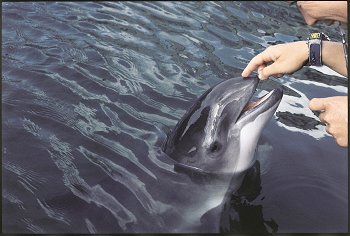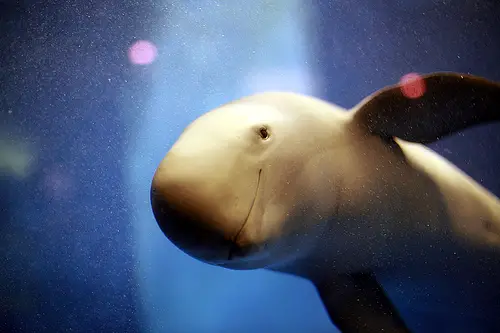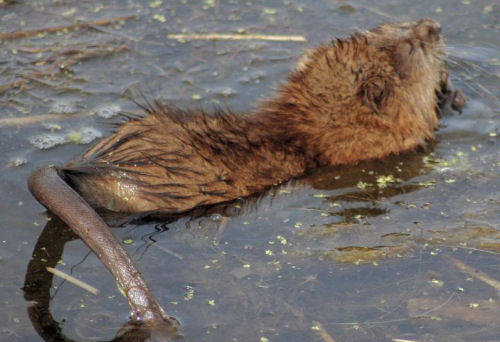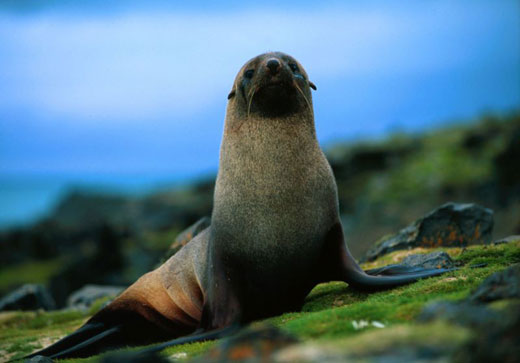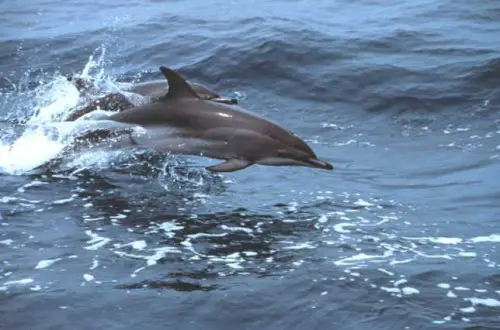Porpoise
Also known as mereswine, Porpoises are related to dolphins and whales. They belong to the family of small cetaceans, also known as Phocoenidae. They were first scientifically described by John Edward Gray in 1825. Their name is derived from the Medieval Latin words, pig and fish.
They are quite distinct from dolphins although the world ‘porpoise’ actually refers to any kind of small dolphins by fishermen and sailors. However, there are distinguishing characteristics between dolphins and porpoises. For example, porpoises have flattened and spade-shaped teeth and dolphins have conical teeth. They also have shorter beaks compared to dolphins.
There are 6 species of porpoises, and they leave near the shore in all oceans. These species include the Finless Porpoise, Harbour Porpoise, and Dall’s Porpoise. Like all toothed whales, they are predators and use echolocation to locate its prey as well as to coordinate with others. They will hunt for squid, crustaceans, and fish.
Compared to dolphins, they are smaller but are more stout. They have rounded, small heads and blunt jaws instead of beaks and a round, melon-like head. The dorsal fin of a porpoise is triangular in general, but larger whales and dolphins usually have curved dorsal fins.
Porpoises are the smallest cetaceans, as they are known to reach up to 2.5 metres. However, the smallest species is called the Vaquita, and only reaches up to 1.5 metres. The lightest porpoise is the Finless Porpoise, weight at about 30 – 45 kg. The heaviest porpoise known is the Dall’s Porpoise which can weigh up to 200 kg. As porpoises are small, they tend to lose their body heat in the water faster compared to other fellow cetaceans. However, its stout shape aids to minimize surface area and may be used to reduce heat loss. Their thick blubber also helps to insulate them from the cold. Rather than depending on its fat reserves, they eat frequently.
Sadly, the main threat to porpoises today are bycatch. This means that they are sometimes accidentally entangled in fishing nets. The most endangered cetacean species is the Vaquita as it has limited distribution in its home range which is the Gulf of California. This is because it is quite an industrialized area. In some nations, porpoises are hunted for bait meat or food. Unfortunately, porpoises are not usually held in captivity in oceanariums or zoos because they are unable to adapt to tank life and are not as easily trained as dolphins.
